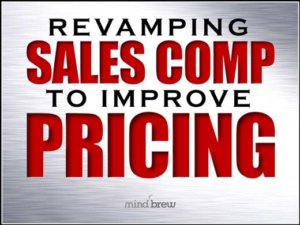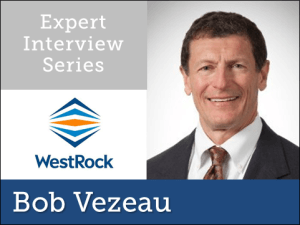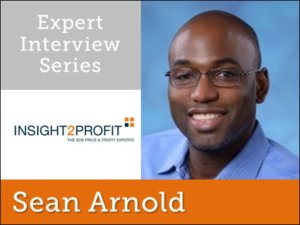In the PricingBrew Journal, we’ve highlighted again and again how sales compensation schemes based solely on top-line revenue can’t help but hurt pricing performance. We’ve talked at length about how a revenue-based sales comp plan acts as a sort of governor that restricts or dampens your pricing performance across the board— often by as much as 2-4%!
And at every possible turn, we’ve made the point that if your salespeople have any degree of pricing or discounting discretion whatsoever, you have no choice but to make tackling sales comp a top priority.
It’s that important. It’s so important, in fact, that I would put it in the Top 5 of the most powerful pricing improvements you can make—right up there with price segmentation, value estimation, and measuring price elasticity.
That said, changing a sales compensation scheme that has likely been in place for many, many years can seem like an incredibly daunting task, fraught with conflict and political risk. And I suspect that the magnitude of the “change” challenge is why some pricing teams have been putting it off or avoiding it altogether.
In many cases, however, these challenges can be mitigated to a great extent by taking a “parallel approach” rather than shooting for wholesale change.
You see, with the parallel approach you’re not actually changing the existing sales compensation scheme at all. Instead, you’re adding something new alongside the existing plan. And in practice, the existing plan continues to reward revenue production, while this parallel plan also rewards excellent pricing behavior.
The rewards in the parallel scheme could be any number of things—key bonuses for “closest to the pin” on price attainment, multipliers and accelerators based on relatively price realization, etc. And in the beginning, the parallel plan may only comprise a small part of the overall, increasing as the sales teams gets more comfortable with the approach.
Eventually, the parallel scheme would just fold into the core compensation plan, but without much fuss or fretting.
We’ve often said that one of the best ways to reduce change management headaches is to reduce the amount of perceived change involved. And with a parallel approach like this, you don’t have to change much of anything—until people are so used to it that it doesn’t seem like change at all.














